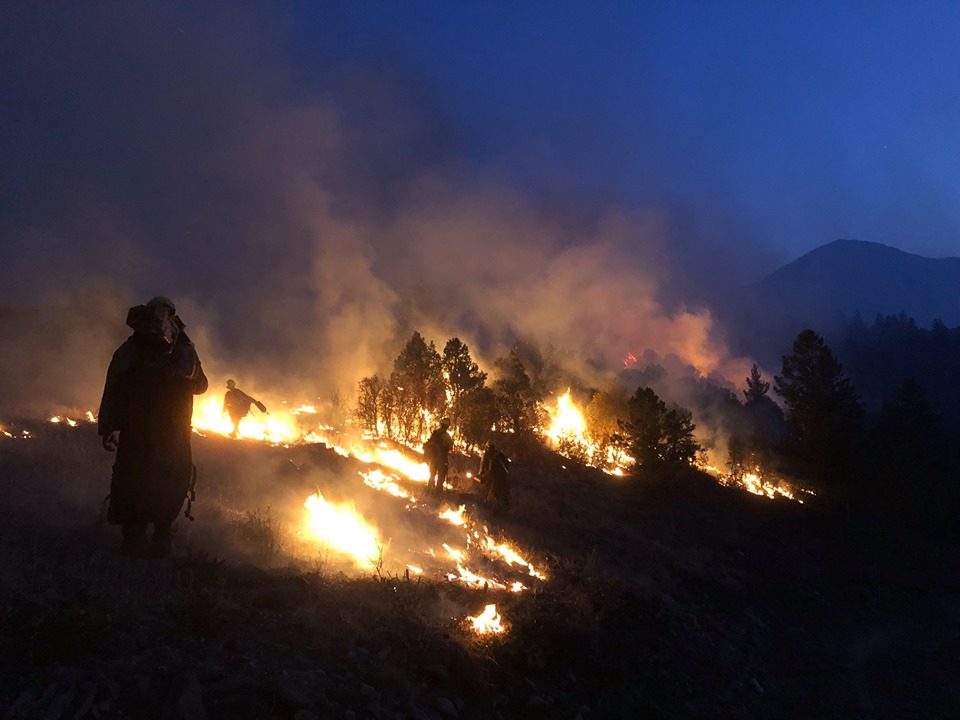
Colorado’s fire season got off to a late start but it’s sticking around longer than usual.
“The main culprit for that is the precipitation that you have not been receiving over the past month or two,” said Bryan Henry with the National Interagency Fire Center.
The state normally exits fire season in late September and is done by early October, but this year's monsoon season has been weak. Henry said the whole state has received less than 25 percent of its normal precipitation. Two-thirds of Colorado is either abnormally dry or is experiencing some level of drought, according to the U.S. Drought Monitor.
A pattern of breezy westerly wind flow is also contributing to the late fire season. The combination of dry fuels and wind elevates the potential for new fires and allows ones already burning to take off, Henry said.
Overall, Colorado’s fire season in 2019 has been below average until recently, Henry said. Last year, fires were more active in the Southwestern portion of the state until Monsoon season arrived.
Larry Helmerick, a spokesman with the Rocky Mountain Area Coordination Center in Lakewood, said so far in 2019, there have been 771 fires that have torched about 31,600 acres in Colorado. That’s compared to about 1,300 fires, which burned more than 475,000 acres in 2018.
The Decker Fire has been the largest fire in Colorado this year. It’s burned nearly 8,500 acres, has forced on-and-off evacuations and has more than 700 people working on it.
Henry said the end may be in sight, though. He predicts the westerly winds to stick around for another two weeks and said things should clear up by November with seasonal changes like potential winter storms.
“The burn windows are pretty short this time of year due to the decreasing amounts of sunlight,” he said. “Those periods of time the fires can burn are a lot shorter now than what they were, say back in late August, early September. So it makes it a little easier for the firefighting crews to get a handle on them.”









